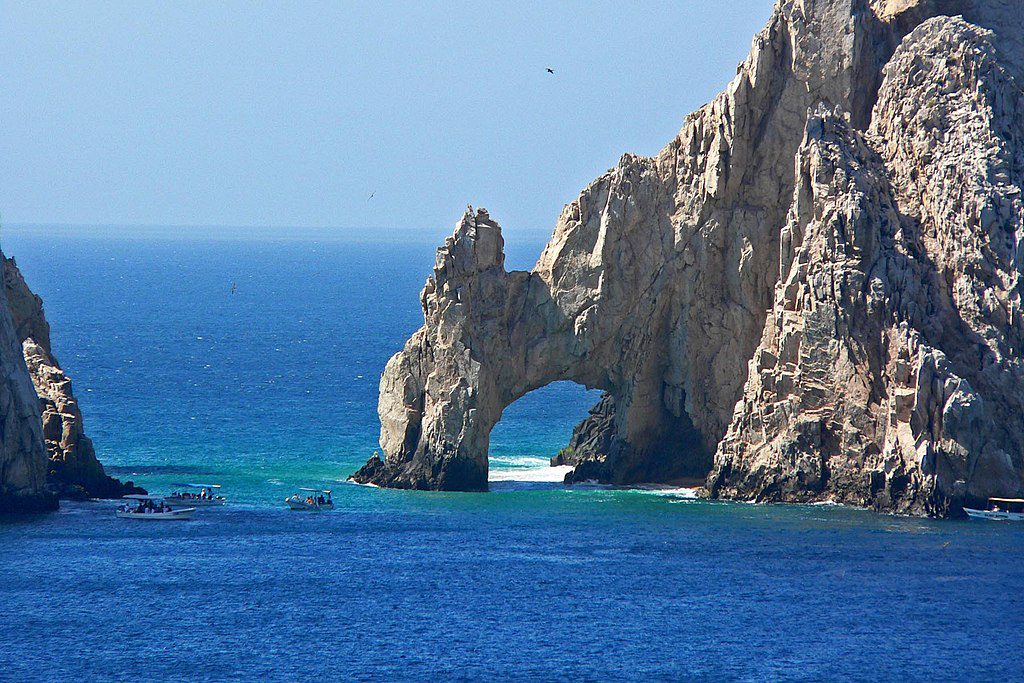Destinations Scavenge for New Funding Sources Amid Volatile Recovery

Skift Take
Destination marketing organizations faced the ultimate agility test during the pandemic, with funding sources tied to hotel taxes stripped. It is a wake-up call to diversify finances and strategy to have some level of resilience for the next crisis.
Destination marketing organizations and tourism groups in charge of conveying the travel message of a region essentially had all the financial legs of the stool snatched from under them during the pandemic.
Building back a more resilient model for future crises is paramount to their survival.
A destination marketing organization, or DMO, is largely funded through hotel and tourism taxes; however, this travel sector almost immediately had to reckon with finding a new financial stream in light of tanked hotel demand and occupancy rates. It’s only one of the many recovery conversations underway in the tourism industry.
“Yesterday’s solutions won’t solve today’s problems,” Discover Puerto Rico CEO Brad Dean said Wednesday at Skift’s Destinations & Sustainability Summit.
Destination marketing organizations have their first test of reality this summer surrounding the “build back better” conversations that sparked last year regarding everything from sustainability to finding funding sources that could be more resilient to future crises
